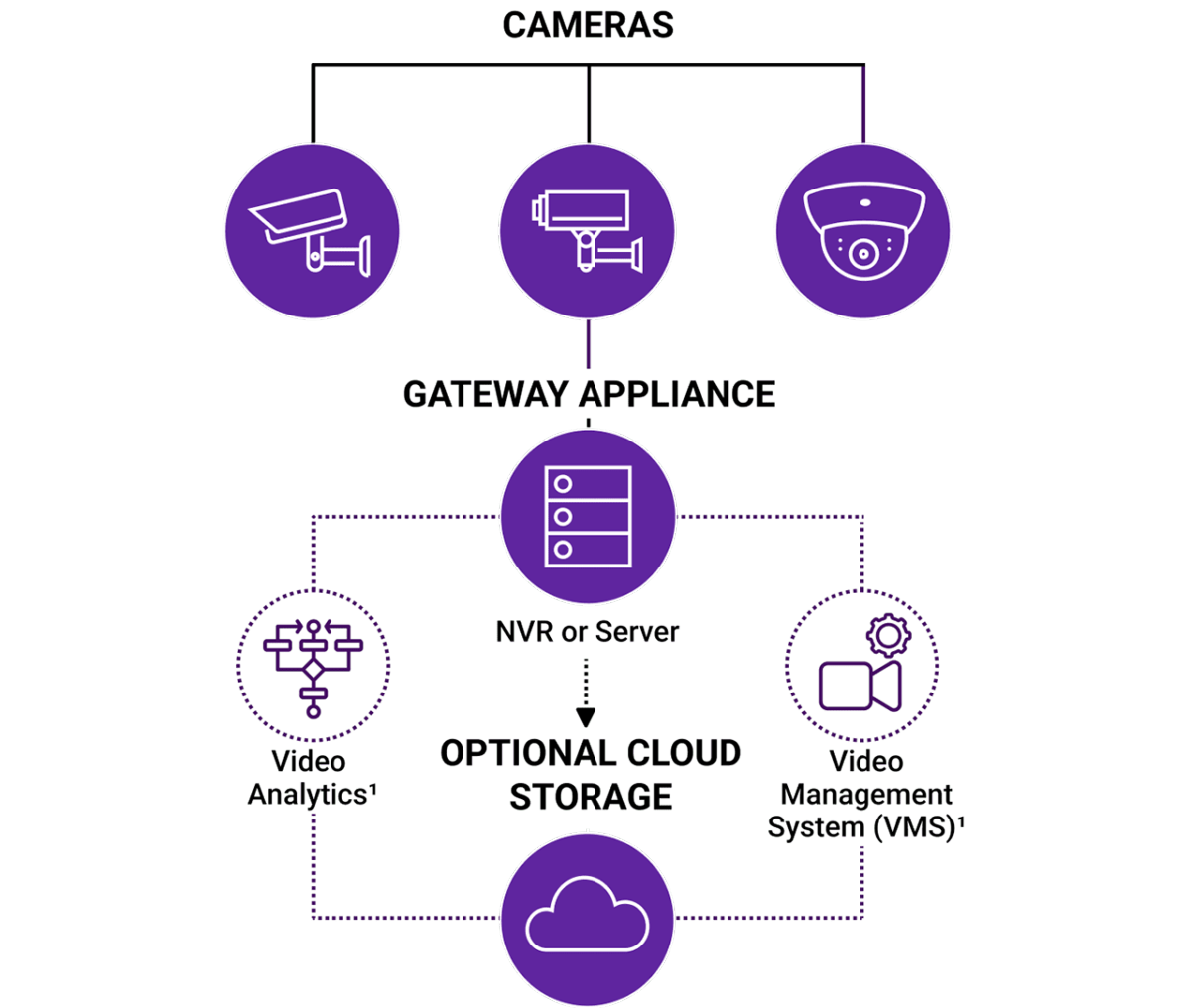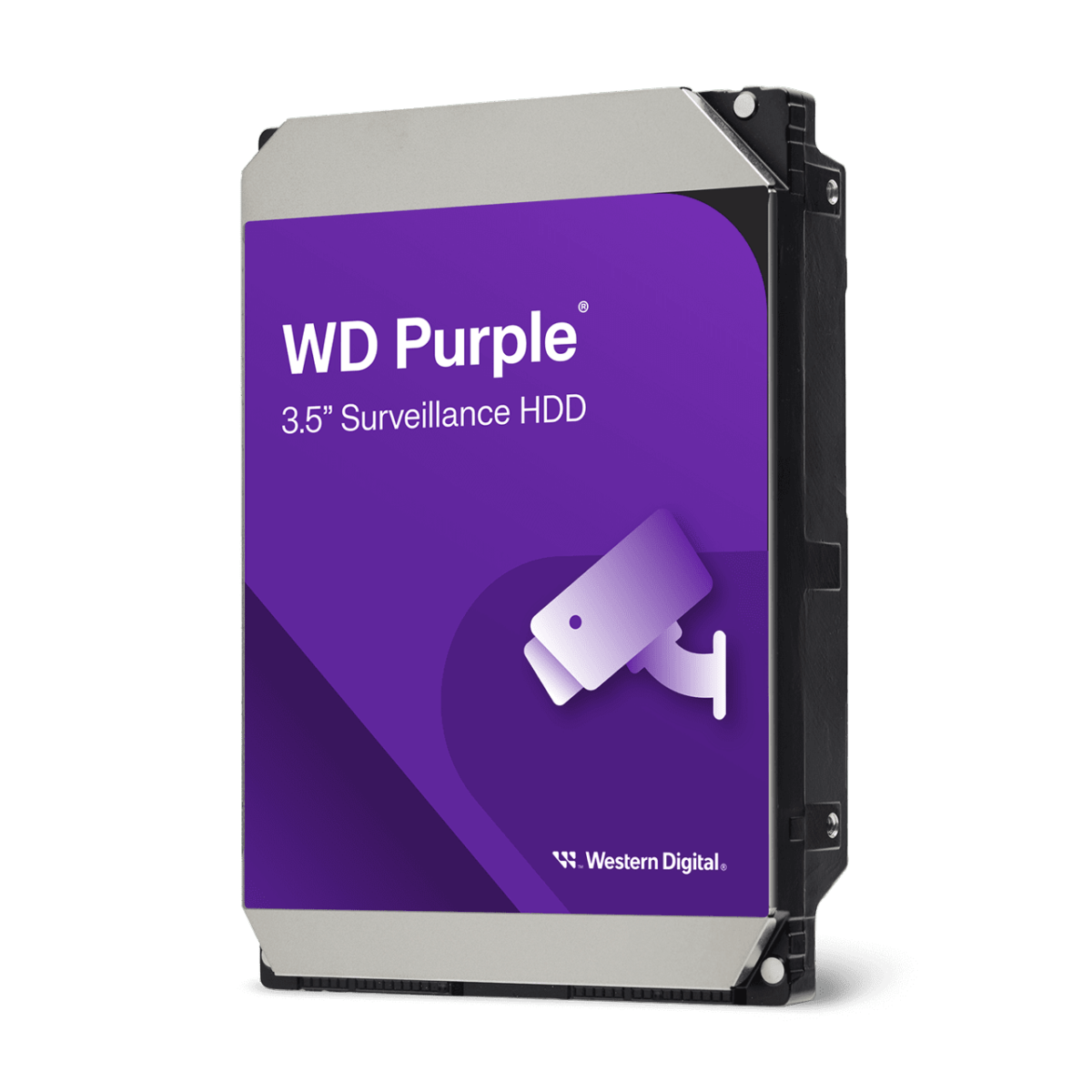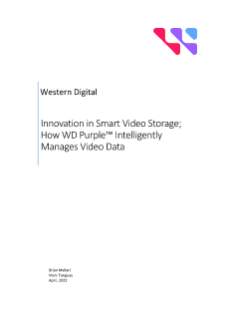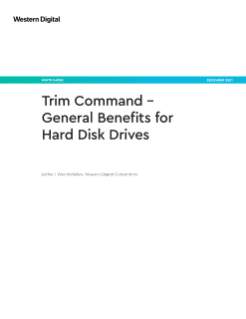보안 및 CCTV를 위한 안정적인 스토리지
AI, 비디오 분석 및 비디오 관리 솔루션을 위해 설계된 새로운 차원의 보안 스토리지를 활용하십시오.
모든 프레임이 중요합니다.
중소기업에서 대기업 캠퍼스 및 스마트 시티에 이르기까지 가장 중요한 것을 보호하고 WD Purple 보안 하드 드라이브로 비즈니스를 보호하십시오. 고온의 상시 작동 보안 시스템을 위해 특별히 설계된 WD Purple은 필요할 때마다 안정적인 고품질의 비디오 재생을 제공합니다. 매 순간이 중요한 상황에서, 우리는 모든 순간을 안전하게 저장합니다.
CCTV 및 NVR 스토리지로 WD Purple을 선택해야 하는 이유

모든 순간을 안전하게 캡처
AllFrame™ 기술은 원활한 재생을 보장하고 여러 대의 카메라를 손쉽게 처리하므로 보안 시스템이 가장 필요할 때 선명하고 안정적인 비디오를 제공할 수 있습니다.

더 긴 내구성 및 보증
WD Purple은 최대 16베이의 혹독한 조건에서 메인스트림 DVR 또는 NVR 시스템을 지원합니다. 향상된 내구성과 5년 제한적 보증을 제공하는 WD Purple Pro로 업그레이드하여 안심하고 사용하십시오.

A.I. 및 분석을 위한 스마트 보안
WD Purple Pro로 업그레이드하여 고급 AI 및 비디오 분석을 쉽게 처리할 수 있는 미래형 솔루션을 구축하십시오. 스마트 보안 시스템을 처리하도록 설계되었으며, 필요에 맞게 확장되는 미션 크리티컬 기술로 가장 중요한 것을 보호합니다.
WD Purple 보안용 드라이브 살펴보기
온도 변동, 장비 진동, 열악한 환경을 견디도록 설계되었으며 광범위한 보안 및 대용량 게이트웨이 어플라이언스 시스템과의 호환성 테스트를 거쳤습니다.

보안 시스템에 적합한 스토리지 추정
보안용 스토리지 용량 추정기로 완벽한 WD Purple HDD를 찾으십시오. 카메라 개수, 해상도, 녹화 시간 등 설정 세부 정보를 입력하기만 하면 스토리지 요구 사항을 계산하여 시스템에 적합한 드라이브 수와 크기를 파악할 수 있습니다.

작동 방법
스마트 보안 아키텍처 내부
여기에 예시된 것과 같은 일반적인 상업용 보안 시스템에서는 현장에서 보안 카메라로 캡처한 비디오 영상이 게이트웨이 어플라이언스에 의해 전송 및 기록됩니다. 게이트웨이 어플라이언스는 네트워크 비디오 레코더(NVR) 또는 서버일 수 있습니다.
이 비디오 데이터는 게이트웨이 어플라이언스에 저장하거나 선택적으로(추가적으로) 클라우드에 저장할 수 있습니다. 비디오 관리 시스템(VMS) 및 비디오 분석 소프트웨어는 게이트웨이 어플라이언스 및/또는 클라우드에 상주할 수 있습니다.
4K 카메라와 AI 분석이 보안 스토리지에 어떻게 과부하를 일으키는지 알아보려면 여기를 클릭하세요.
보안의 비디오, 블로그 및 사용 사례

10년간의 안정성, 혁신 및 신뢰를 기념
스마트 비디오 보안 분야의 최초 출시 및 선두 기업
CCTV 및 보안 스토리지 FAQ
CCTV 및 스마트 비디오 보안 시스템은 연중무휴 운영이 가능하도록 구축된 스토리지를 필요로 하는 연속 비디오 스트림을 생성합니다. 표준 데스크탑 하드 드라이브와 달리 보안 등급 드라이브는 높은 쓰기 워크로드를 관리하고 프레임 손실을 줄이며 실외 인클로저 또는 산업용 설치와 같은 까다로운 환경에서 안정적으로 작동하도록 특별히 설계되었습니다.
보안용 HDD와 데스크탑 HDD의 차이점이 궁금하다면 내구성과 성능으로 요약할 수 있습니다. 데스크탑 드라이브는 간헐적인 사용과 가벼운 워크로드 위해 설계되었으며 WD Purple 및 WD Purple Pro와 같은 보안 드라이브는 여러 스트림에 걸친 지속적인 비디오 녹화에 최적화되어 있습니다.
WD Purple 및 WD Purple Pro 드라이브 제공 사항:
- 다중 카메라 CCTV 및 NVR 설정에 최적화된 성능
- 연속 녹화 지원(연중무휴 작동)
- 고온 및 습도에 대한 저항력
- 상태 모니터링(호환 가능한 시스템에서 사용하는 경우)
귀하의 필요에 맞는 스마트 비디오 솔루션을 발견하십시오
공개
- 작업 부하 등급은 하드 드라이브에서 또는 하드 드라이브로 전송되는 사용자 데이터 양으로 정의됩니다. 연간 작업 부하 등급 = 전송된 TB ✕ (8760/기록된 가동 시간). 작업 부하 등급은 하드웨어 및 소프트웨어 구성 요소 및 구성에 따라 다를 수 있습니다.
- 지역별 보증에 대한 자세한 내용은 https://www.westerndigital.com/support/store/warranty-policy를 참고하십시오.





